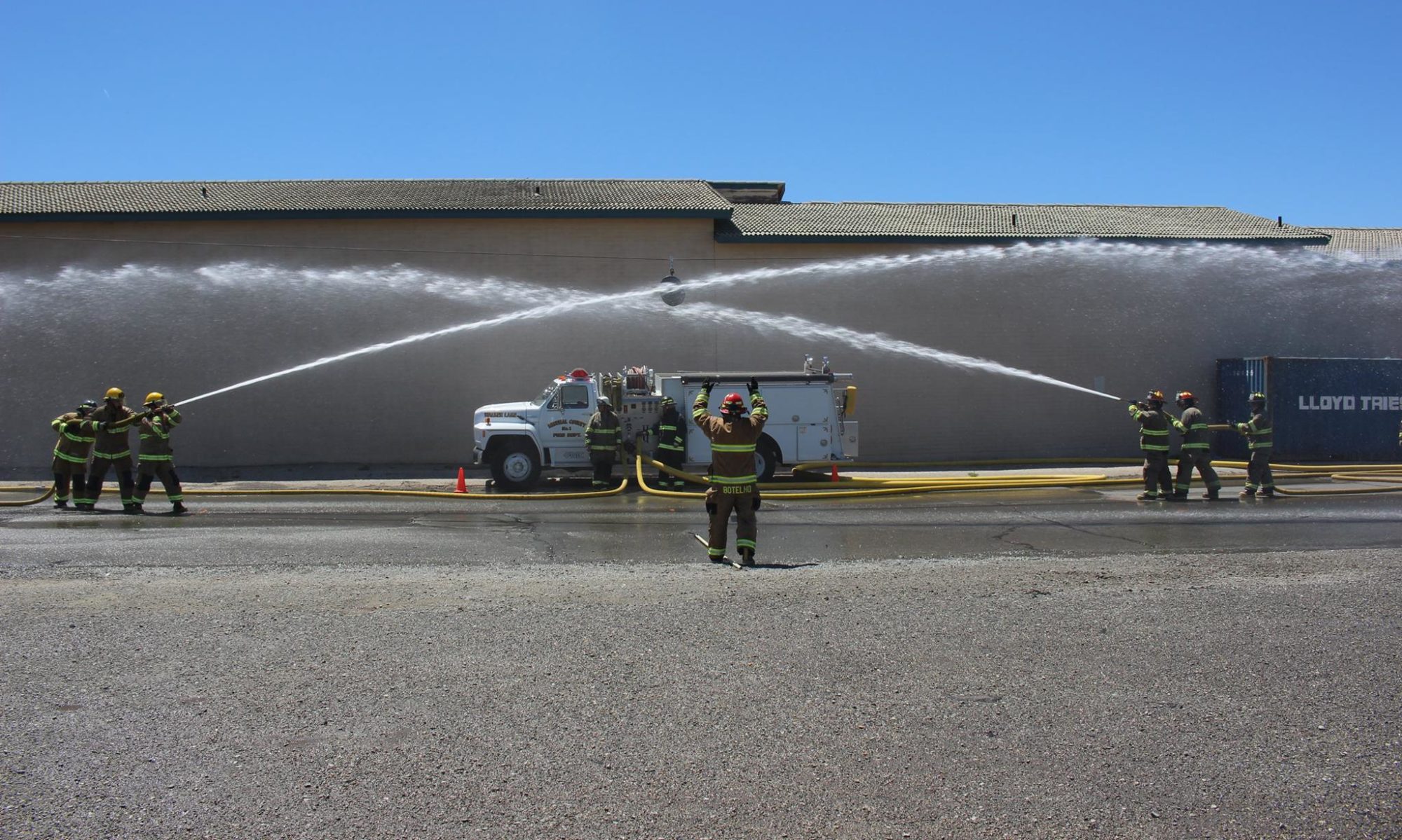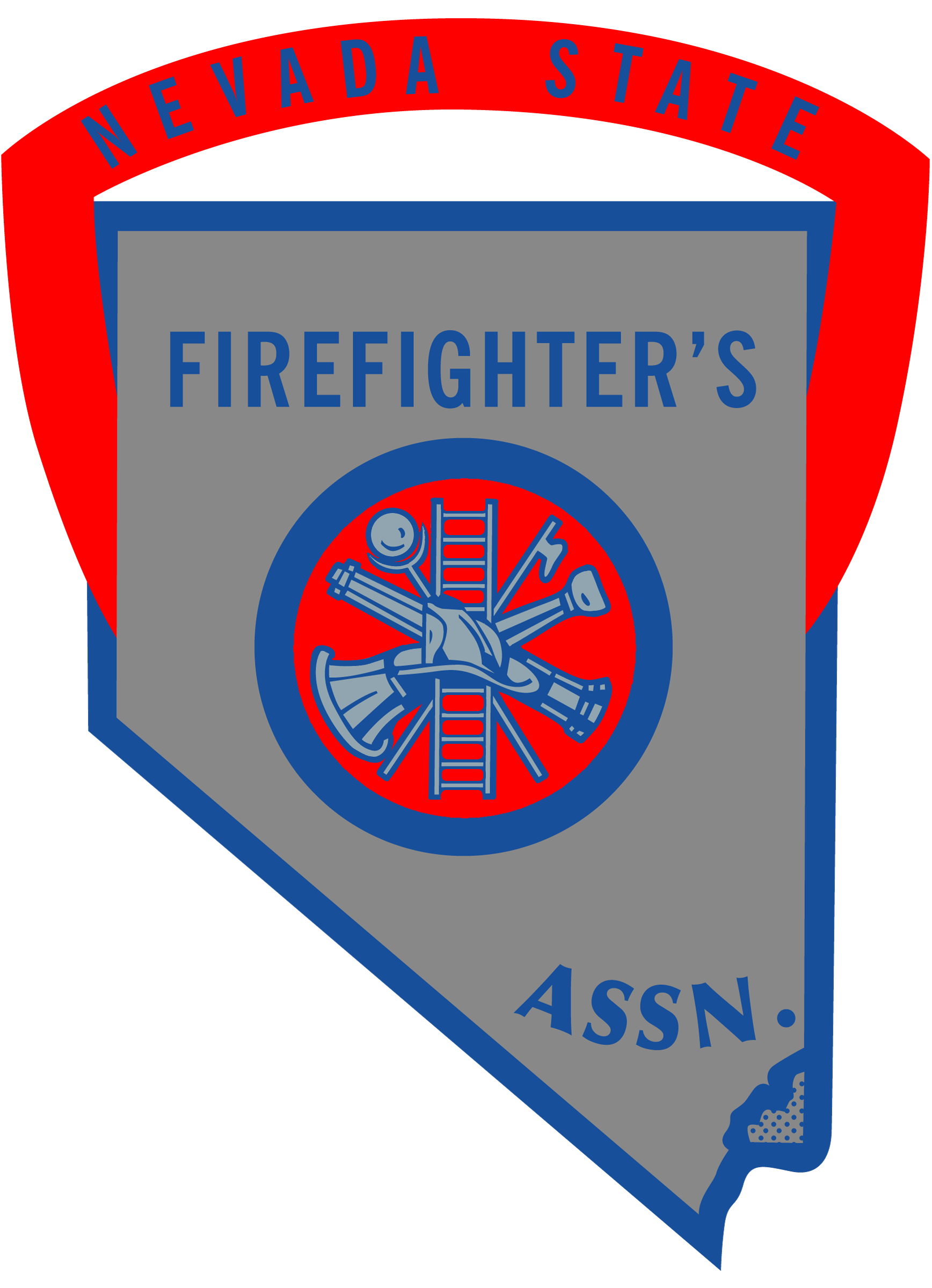Seconds FLAT
This is a H.O.T (hands on training) where our instructors showcase the extreme ease and versatility of flat load hose deployment.
If your department is currently using the flat load or you are interested in exploring the option and simplicity of this versatile load, this class is for you. The H&H cadre will systematically break down the flat load and its deployment options in a way that is not only user friendly but undeniable in its practical application potential.
Attendees will start their day with a mission and goal focused lecture and then transition to the training grounds where they will receive as many hose pulls as time permits accompanied by cadre demonstration and coaching.
The 5 Rights of the First Line
This is a 90-minute lecture/presentation based on a recently published article written by our cadre.
When the air break hits, we, as first due firefighters, have decisions to make, and we need to make them NOW! Are you making the right decision when it comes to hand-line selection and deployment?
5 Rights of the First Line is a class that helps break down that selection process for first due firefighters. This class will help solidify the current framework of this decision making process for even the most experienced firefighter. Stop wasting time, make a call faster by decreasing your cognitive load through systematic steps that are straightforward, and applicable at any fire.
RECENTLY FEATURED in Firehouse Magazine
Read the article! https://www.firehouse.com/operations-training/hoselines-water-appliances/article/21161916/the-five-rights-of-the-first-line
Meet the Instructors!
JESSE HORTON-Firefighter
Jesse Horton is a Firefighter with a municipal fire department and has 19 years of experience in public service/safety. Jesse specializes in structural firefighting with a passion for leadership and mentorship. Jesse takes pride in educating himself and others on current progressive tactics and techniques, with a specific focus on hose deployment, hose management, fire suppression, and forcible entry.
Jesse is a tenured instructor whose work has been published in Firehouse Magazine. He uses his positive attitude and tireless energy to encourage others to work hard and succeed. Jesse is inspired daily by his passion for the fire service. In his free time, Jesse is an avid Jiujitsu practitioner and instructor.
BRYON HUNT-Captain
Bryon is a 30 year student of the fire service. Bryon currently works for a municipal Fire Department as a Captain. Bryon has spent the last three years assigned to the training division and, in his 23 years with the department, has held the ranks of Firefighter, Firefighter/Paramedic, Driver/Operator, and Captain.
Bryon has an unending passion for Training and Mentoring. He teaches both firefighting and special rescue not just for his department but for numerous agencies in our region. Bryon takes great pride in keeping up with modern tactics and skills. His greatest passion has been teaching the future of the Fire Service thru our Regional Fire Academy. Bryon has been an instructor and Academy coordinator since 2002.
Bryon stays inspired and motivated with his love for the Fire service and his passion for teaching others. In Bryon’s free time, he enjoys the outdoors, time on the water, and Union leadership work.
MICAH HORTON-Battalion Chief
Micah began his fire career in 2003 as a volunteer with Warren Engine Company in his home town Carson City Nevada. He was picked up with the Nevada Division of Forestry (NDF) as a seasonal Firefighter and as a Reserve FF/EMT with Central Lyon County Fire Protection District in 2004. In March of 2005, he was hired by Career Fire Department.
Micah has 21 years in the fire service and has held the ranks of Firefighter, Paramedic, Captain, and currently Battalion Chief. Each of these ranks has given him an opportunity to train and lead from many different angles. He has been heavily involved in the training and development of Firefighters and Fire Departments in the Northern Nevada region his entire career.

